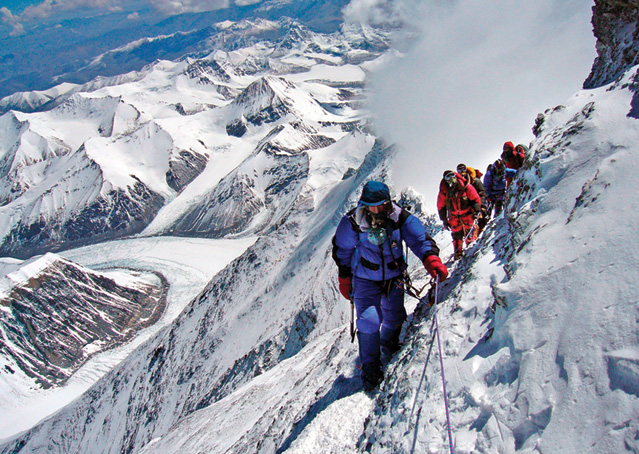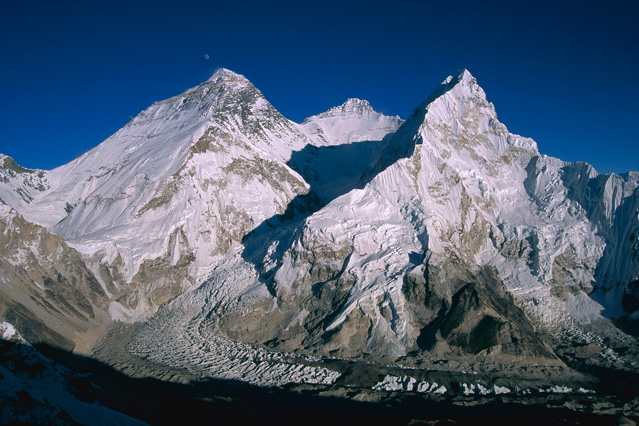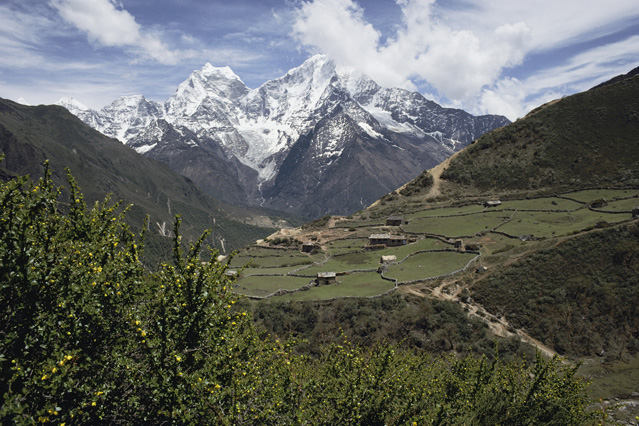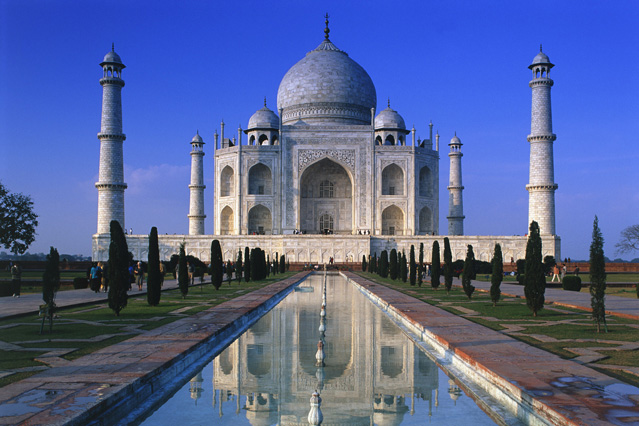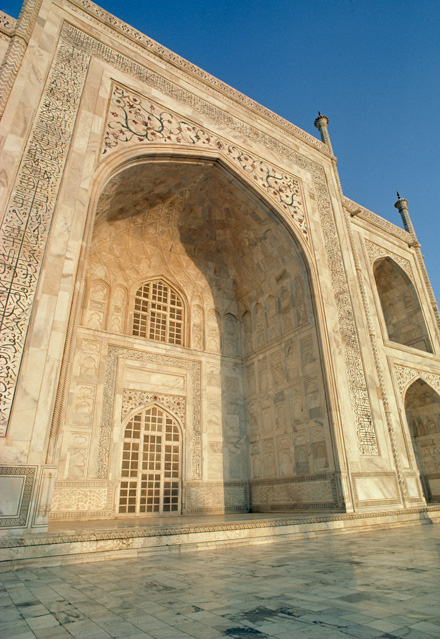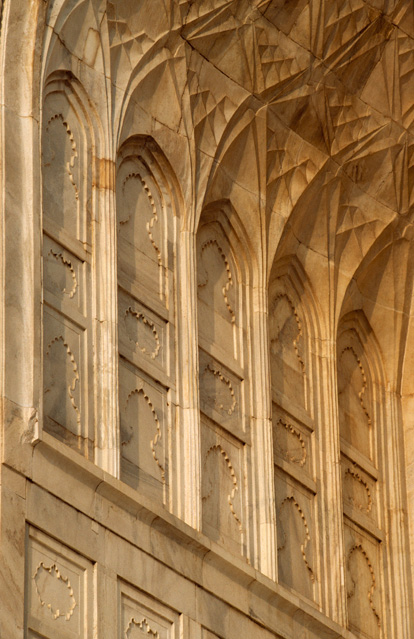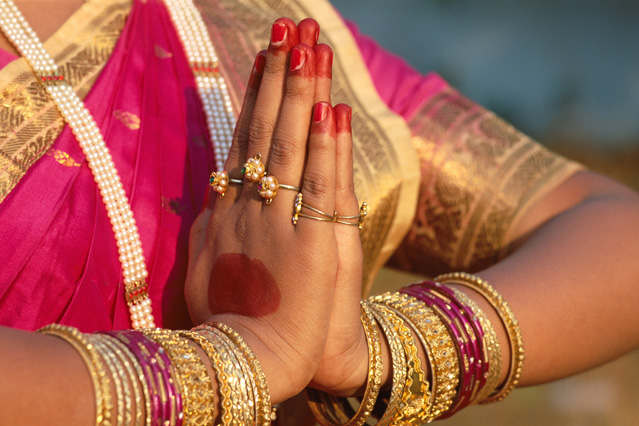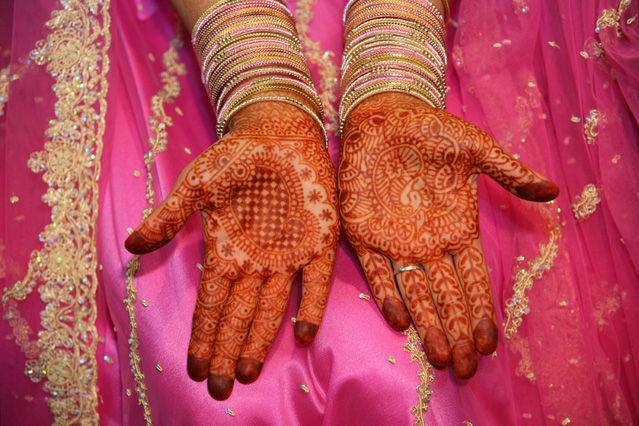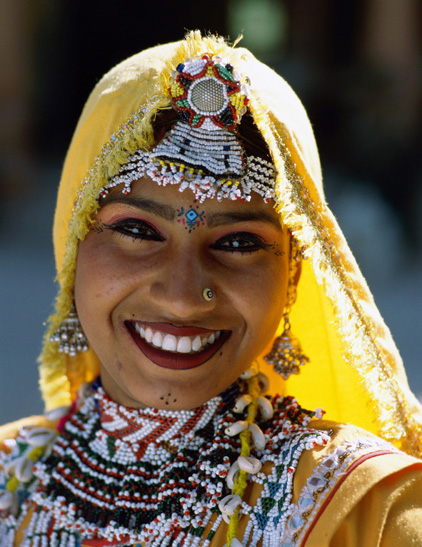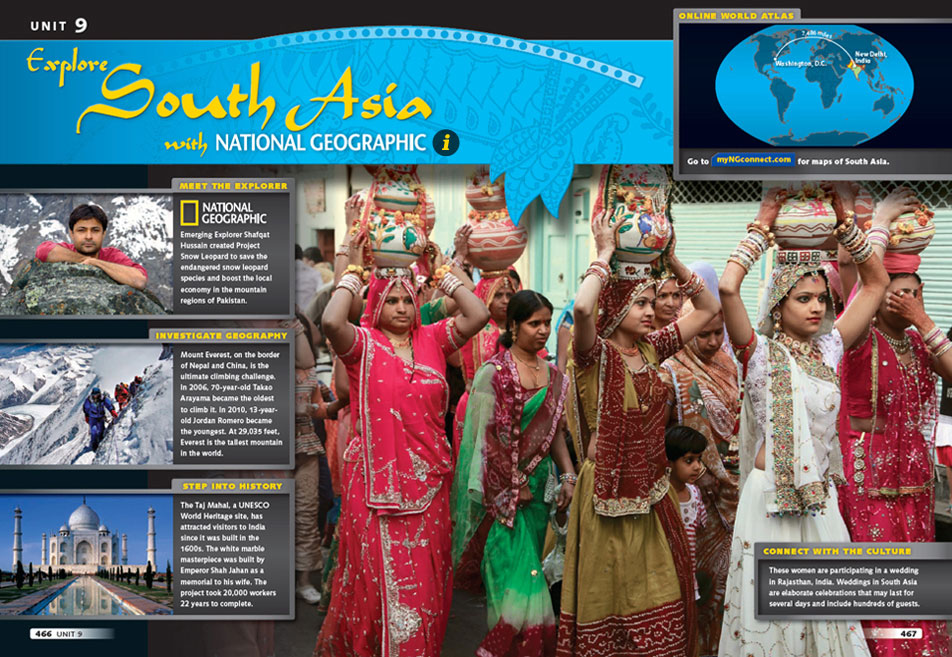
Bangladesh (BAHNG gluh DEHSH)
Bhutan (boo THAN)
India (IHN dee uh)
Maldives (MAL dyvz)
Nepal (nuh PAWL)
Pakistan (PAK ih STAN)
Sri Lanka (sree LAHNG kuh)
Bhutan (boo THAN)
India (IHN dee uh)
Maldives (MAL dyvz)
Nepal (nuh PAWL)
Pakistan (PAK ih STAN)
Sri Lanka (sree LAHNG kuh)
The Online World Atlas is a comprehensive collection of World Cultures and Geography's Student Edition maps formatted for projection and online use. Sample maps from South Asia include:
South Asia Population Density
Summer Monsoon: Avg. Summer Precipitation
Winter Monsoon: Avg. Winter Precipitation
Ancient River Valley Civilizations
South Asia Population Density
Summer Monsoon: Avg. Summer Precipitation
Winter Monsoon: Avg. Winter Precipitation
Ancient River Valley Civilizations
Student eEdition | Unit 9: South Asia

















